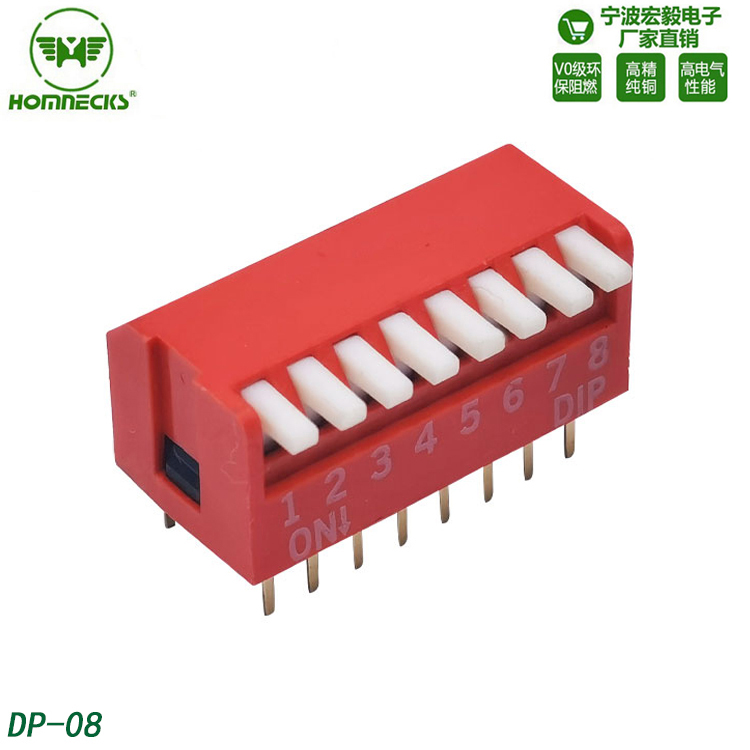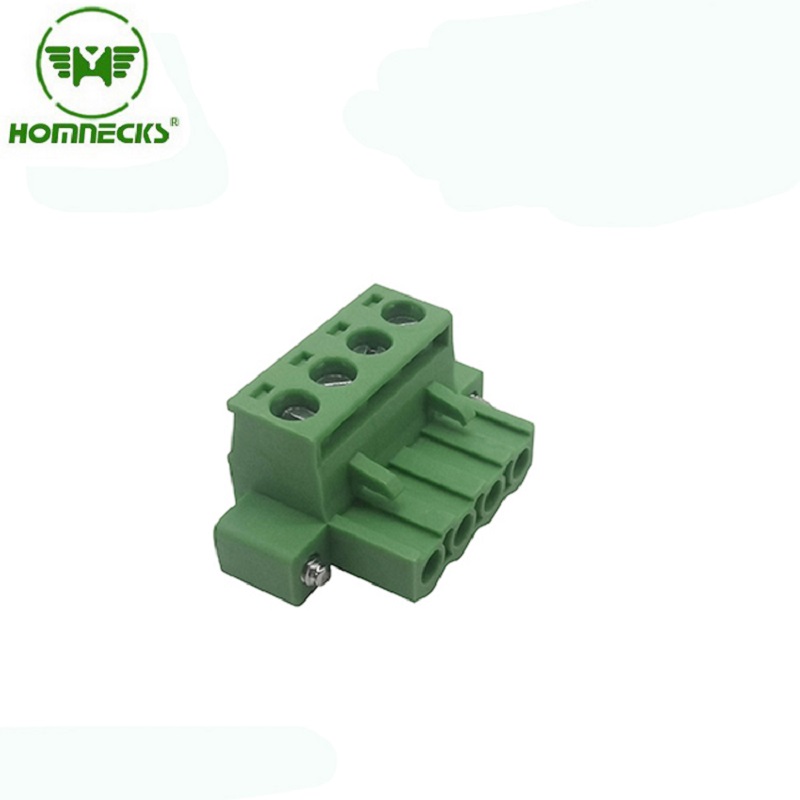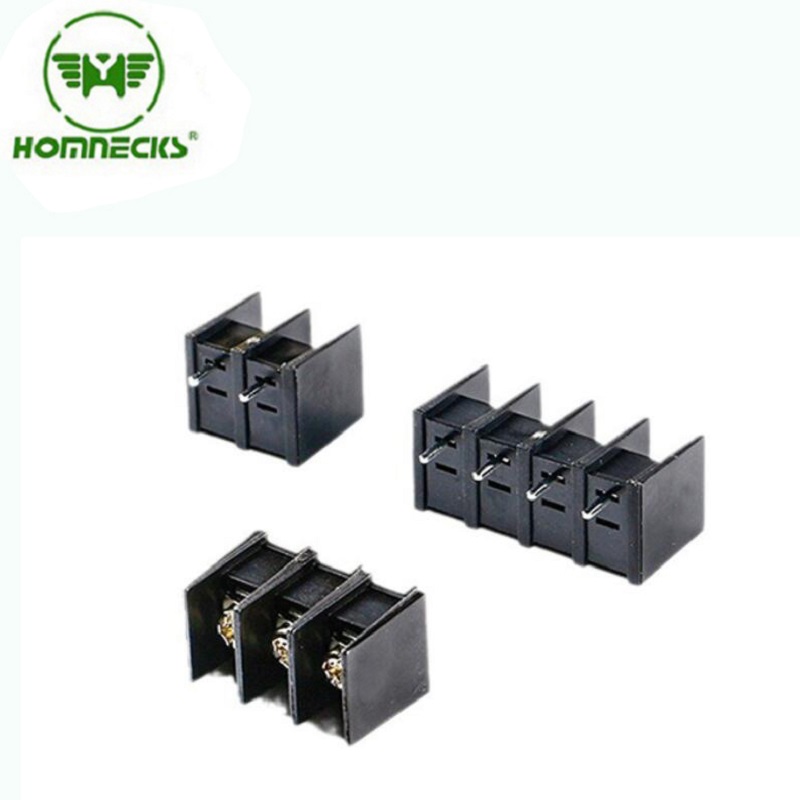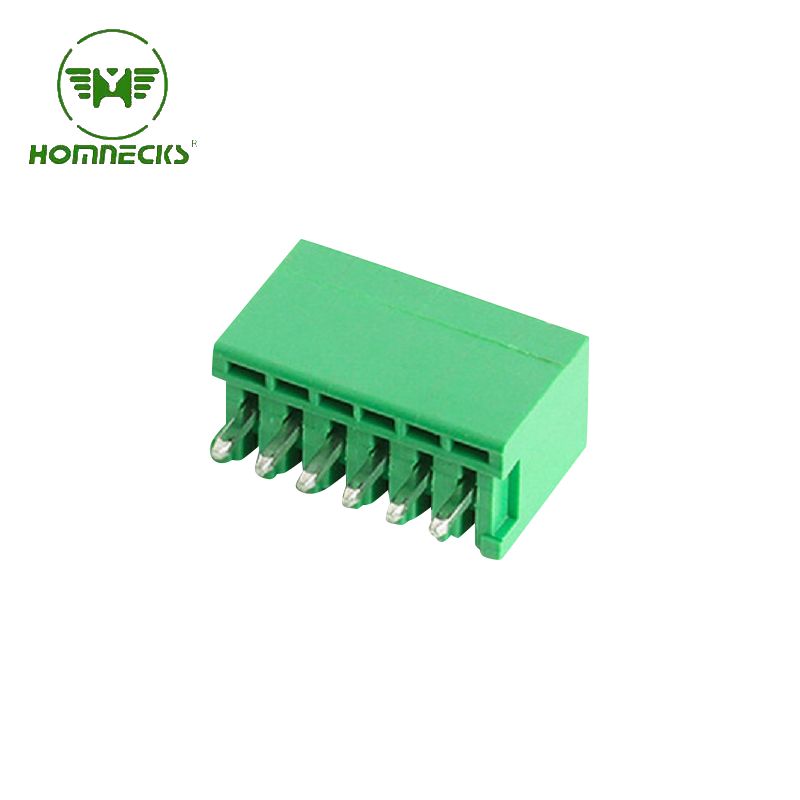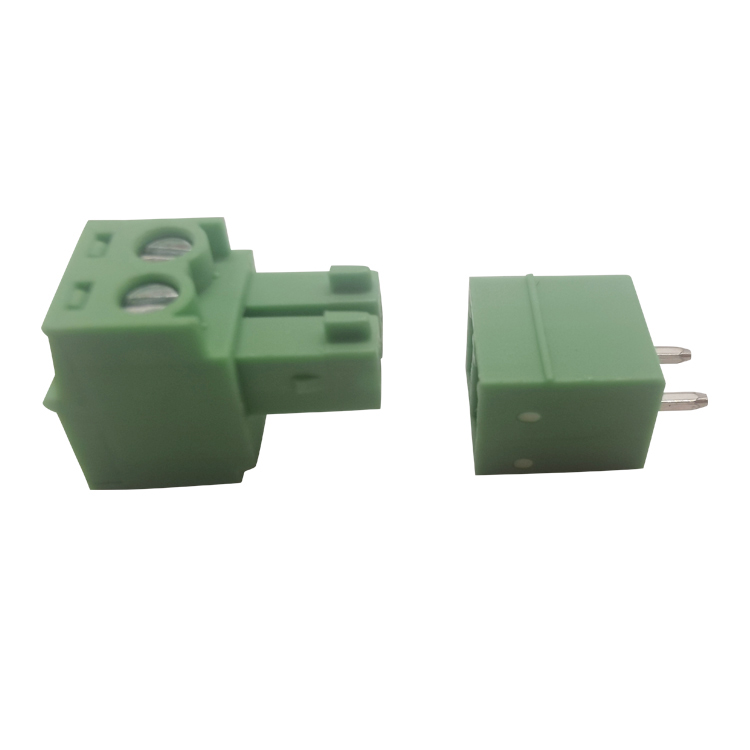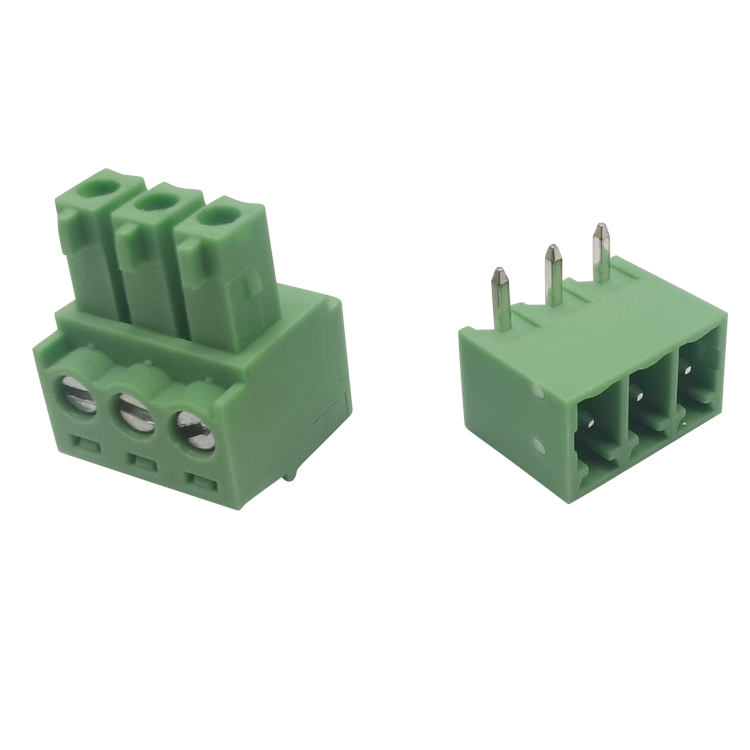Application of Terminal Blocks in the Lighting Industry
Terminal blocks are widely used in the lighting industry for various applications. The lighting industry involves a wide range of lighting devices and systems, and terminal blocks play a crucial role in providing connection and power supply. Here are some applications of terminal blocks in the lighting industry:
1. Lighting device connection: Terminal blocks are used to connect lighting devices such as fixtures, bulbs, etc., to the power supply lines. They provide reliable electrical contact, ensuring stable power supply and normal operation.
2. Lighting system wiring: Lighting systems often require wiring to connect different fixtures and controllers. Terminal blocks are used for wiring connections, providing reliable electrical connections between various fixtures and easy connections to power lines and control devices.
3. Safety connections: Terminal blocks also play a vital role in ensuring safety connections in the lighting industry. They can secure the connection between power lines and fixtures, preventing circuit loosening or poor contact that can lead to faults and safety hazards.
4. Control signal transmission: Some lighting systems require remote control and dimming. Terminal blocks are used to connect lighting controllers and dimming devices, transmitting control signals to adjust and control the lighting.
5. Fixture maintenance and replacement: During fixture maintenance and replacement, terminal blocks provide a convenient way for disassembly and connection, allowing maintenance personnel to easily handle connections between wires and fixtures.
By utilizing terminal blocks, it ensures stable power supply and reliable connections for lighting devices, providing safety and convenience. Terminal blocks also simplify the installation and maintenance of lighting systems.


